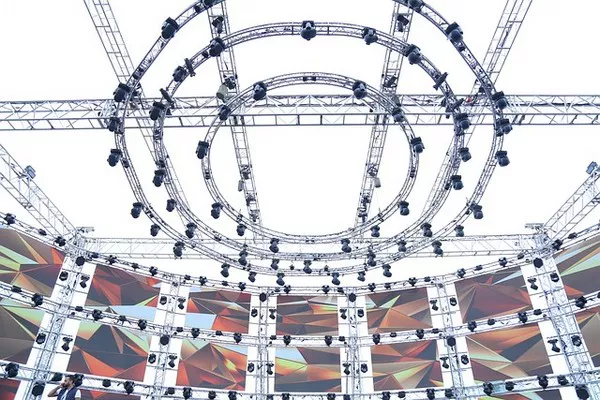Principle Power, a leading innovator in floating wind platform technology, has introduced two new semisubmersible wind turbine platform designs as part of its WindFloat portfolio. The newly developed platforms, known as the WindFloat TC (tubular center column) and WindFloat FC (flat panel center column), are engineered to accommodate larger turbines and operate effectively in diverse water depths.
These floating platforms are designed to expand upon the company’s existing perimeter column models (WindFloat T and WindFloat F) by incorporating a center-mount design. This innovative configuration positions the wind turbine atop columns at the center of the platform, significantly enhancing the resistance of larger, heavier towers to dynamic oscillations and enabling the support of higher-capacity turbines.
The latest designs also integrate advanced technologies from existing perimeter mount WindFloat platforms. Features include the Smart Hull Trim system, which optimizes energy production; a fatigue-resistant architecture; and a modular design that streamlines supply chain management and assembly processes.
Ensuring Stability in Offshore Conditions
Principle Power’s WindFloat turbine platforms prioritize stability by carefully balancing their water plane area (footprint), draft, and column diameter. These platforms are crafted to accommodate the largest offshore wind turbines currently available.
The innovative Smart Hull Trim System is a fully redundant ballast system that adjusts water levels between the platform’s columns. This system helps to counteract fluctuations in metocean conditions, ensuring the wind towers remain upright with minimal pitch.
By utilizing a ballast system that is completely enclosed and strategically located at the platform’s base, the design achieves a shallower draft in port settings while maintaining stability at sea with deeper draft configurations.
For additional stability, both the tube panel models (perimeter and center mount) feature patented damping plates at the base of each column. These plates mitigate wave and turbine-induced motion, allowing the platform to remain lightweight while retaining stability akin to heavier mass designs. The flat panel models incorporate pontoon structures between the columns to provide similar stability.
Comparing Perimeter and Center Column Designs
The perimeter-mounted designs (WindFloat T and WindFloat F) are tailored for wind turbines utilizing soft-stiff towers, whereas the new center column platforms cater to stiff-stiff towers. Stiff-stiff towers possess a resonant frequency that exceeds both the rotational frequency of the turbine and the passing frequency of the blades, making them less susceptible to dynamic loads that can cause oscillations. While these towers require a larger mass and may be more costly, they enhance performance under challenging conditions.
In contrast, soft-stiff towers have a natural resonant frequency that is higher than the turbine’s rotational frequency but lower than that of the blades, necessitating careful management of dynamic loads to prevent oscillations.
The WindFloat center column platforms are specifically engineered for turbines rated at 15 MW and above. Principle Power asserts that these platforms are “bankable,” making them easier to finance, and are well-suited for commercial-scale projects, as many technical aspects have been “de-risked.”
Streamlining Production and Deployment
The International Renewable Energy Agency estimates that offshore wind energy has the potential to supply power to the entire planet 18 times over. To harness this immense potential, Principle Power aims to deploy 300 offshore wind platforms by 2030. Their “300 x 30” industrialization initiative features a design utilizing standardized modules manufactured using factory techniques, facilitating flexible transport and assembly of the platform components.
Once the sub-modules arrive at the port facility, they can be quickly assembled with local marine equipment, such as cranes and ships, ensuring efficient deployment.
With over 13 years of experience in manufacturing floating platforms for wind turbines, Principle Power leverages established supply chains and infrastructure to support rapid scaling of offshore wind energy solutions.
You Might Be Interested In

